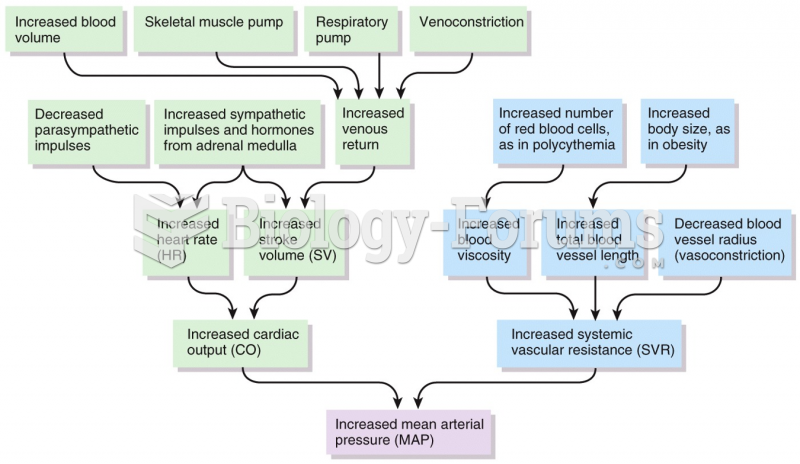Answer to Question 1
Inheritance/genetic factors: The link between parental deviance and child misbehavior may be genetic. Parents of delinquent youth have been found to suffer neurological conditions linked to antisocial behaviors, and these conditions may be inherited genetically. It is possible that childhood misbehavior is strongly genetically influenced, with little or no environmental or experiential effect. If children behave like their parents, it's because they share the same genes and not because they have learned to be bad or live in an environment that causes both parental and child misbehaviors.
Exposure to violence: The children of incarcerated parents are more likely to have experienced more violence and injury than the norm. Exposure to violence has been linked to negative outcomes.
Substance abuse: Children of drug-abusing parents are more likely to get involved in drug abuse and delinquency than the children of parents who are not substance abusers. This link might have a biological basis: Parental substance abuse can produce children with neurological impairments that are related to delinquency.
Parenting ability: The link between parental deviance and child delinquency may be shaped by parenting ability: Deviant parents are the ones least likely to have close relationships with their offspring. They are more likely to use overly harsh and inconsistent discipline, a parenting style that has consistently been linked to the onset of delinquent behavior. Parents who themselves have been involved in crime exhibit lower levels of effective parenting and greater association with factors that can impede their parenting abilities. Their children are more likely to have experienced such negative effects of ineffective parenting as abuse and out-of-home placement, factors highly associated with delinquency.
Stigma: The association between parental deviance and children's delinquency may be related to labeling and stigma. Social control agents may be quick to fix a delinquent label on the children of known law violators, increasing the likelihood that the children will pick up an official delinquent label. The resulting stigma increases the chances they may fall into a delinquent career.
Student responses will vary.
Answer to Question 2
a







